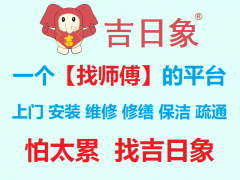Android Fragment的懒加载可以通过以下步骤实现:
在Fragment类中添加一个boolean类型的变量isLoaded,并在onCreateView()方法中将其初始化为false。
在Fragment的onCreateView()方法中,判断isLoaded变量的值,如果为false,则进行懒加载操作,否则直接返回已经加载的View。
在Fragment的onResume()方法中,将isLoaded变量设置为true,表示Fragment已经加载过数据。
下面是一个示例代码:
public class MyFragment extends Fragment {private boolean isLoaded = false;private View rootView;@Overridepublic View onCreateView(LayoutInflater inflater, ViewGroup container, Bundle savedInstanceState) {if (rootView == null) {rootView = inflater.inflate(R.layout.fragment_layout, container, false);// 进行懒加载操作if (!isLoaded) {loadData();isLoaded = true;}}return rootView;}@Overridepublic void onResume() {super.onResume();// 设置为true,表示Fragment已经加载过数据isLoaded = true;}private void loadData() {// 加载数据的操作}}这样,在Fragment第一次创建时,onCreateView()方法会被调用并进行懒加载操作。当Fragment再次显示时,onCreateView()方法中会判断isLoaded变量的值,如果为true,则直接返回已经加载的View,不再进行懒加载操作。这样可以避免重复加载数据,提高性能。

